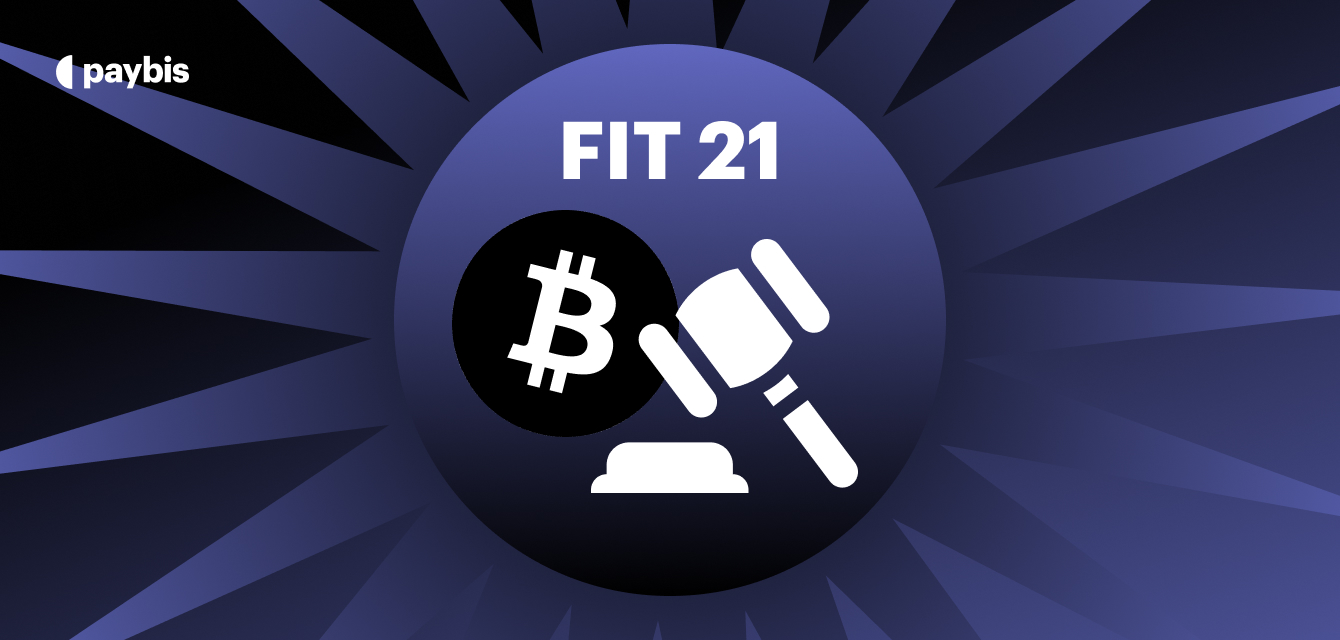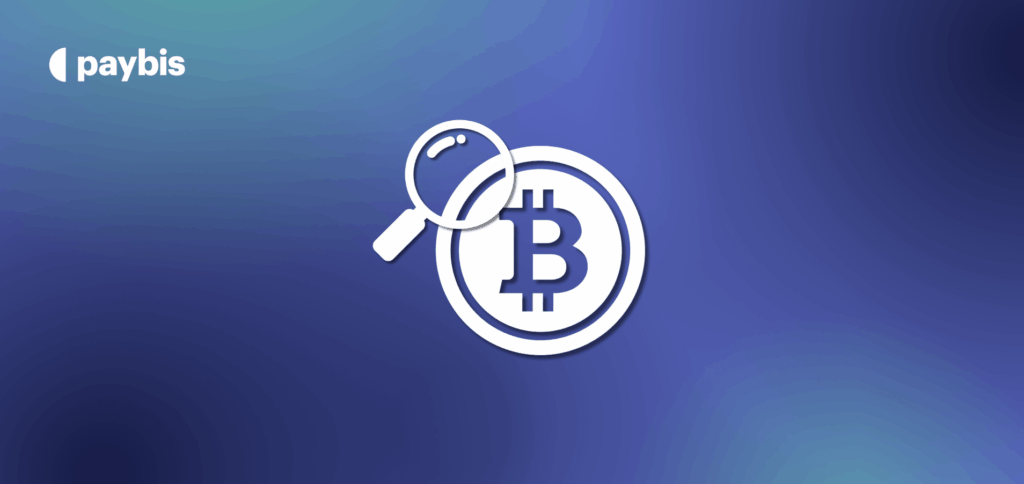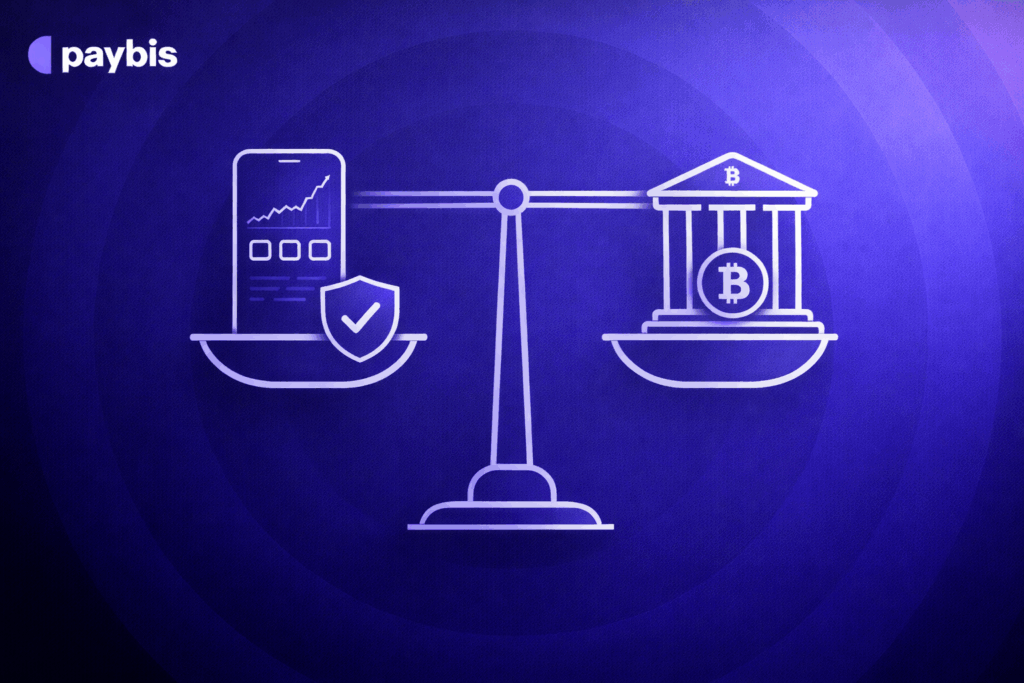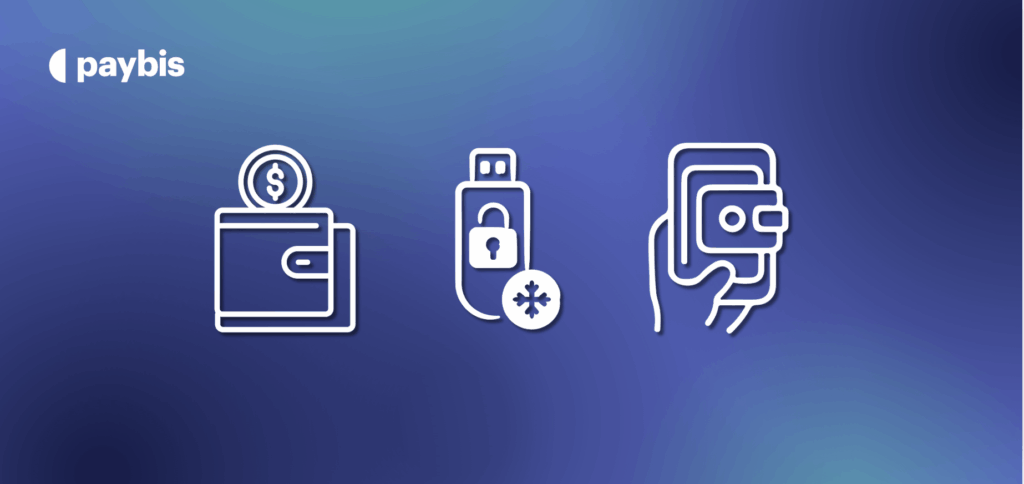What is the FIT21 Bill & What Does It Mean for the Digital Assets Industry?
FIT21 is an acronym for Financial Innovation and Technology for the 21st Century Act (H.R. 4763).
It promises a whole new comprehensive digital asset regulation framework for everyone. Moreover, the bill amends the US Securities Exchange Act of 1934 regarding how digital assets should be treated, but in a more friendly manner.
Introduced to provide a clear regulatory framework, FIT12 goes beyond boundaries, addressing the long-standing uncertainties that have plagued the digital asset industry.
This legislation is seen as a major milestone and victory for the cryptocurrency industry, specifically in the US.
Table of contents
What is FIT21 Bill?
The US House Financial Services and Agriculture Committees introduced the FIT21 Act. Congressman Patrick McHenry and French Hill were some of the top voices in the legislation.
They were even the key proponents who mainly emphasized the need for clear regulation and user protection in the digital asset ecosystem.
The crypto FIT21 bill was passed as a solution to the rising demand for a clear regulatory environment for innovation while protecting investors.
Some Key Provisions of the Crypto FIT21 Bill
The FIT21 precisely delineates the regulatory responsibility of the Securities and Exchange Commission (SEC) and the Commodity Futures Trading Commission (CFTC). Specifically, it outlines the jurisdictional boundaries of the SEC and CFTC, which has been the industry’s major source of confusion in regulating digital assets.
By differentiating their roles and responsibilities, the SEC will monitor and control digital assets classified as securities, while the CFTC will oversee and regulate commodities and derivatives in the market. The bill also focuses on consumer protection measures to combat market manipulation and malicious activities.
Additionally, the legislation provides clear disclosure requirements for crypto issuers. Market participants are also provided with comprehensive guidelines that help them manage their ways and buy Bitcoin (or other crypto) without hassle.
How will the FIT21 Impact the Digital Asset Industry?
There’s a high expectation for the FIT21 to transform the digital asset industry. Apart from expectations, the Act aims to promote and encourage investment in the US financial market.
It’s also believed that the way industry leaders have welcomed the legislation will enhance US-based digital asset businesses on a global scale. It also positions the US as a financial leader in technological innovation.
What Criticisms and Challenges Does the FIT21 Face?
Regardless of how industry leaders have welcomed the FIT21 Act, it has faced criticism and challenges along the way. Many critics in the crypto space doubt that the bill might still suffer from certain regulatory gaps and ambiguities.
Moreover, many also argue about how the SEC and CFTC will come together to enforce the new rules in the industry since their work has been differentiated.
There’s also a political stance that poses challenges as to how fast the FIT21 Act was implemented. Despite how the bill has gained bipartisan support, it still goes through the complications of congressional endorsement and potential amendments.
Future Prospects of the FIT21
The future of the FIT21 Act looks somewhat brighter. Many believe its impact on digital asset regulations will bring salinity to the industry. This can be achieved based on several factors. One of the factors is that there should be effective implementation and enforcement for its success to be achieved.
FIT21 Bill Summary
This FIT21 bill summary will help you get a fair idea of the bill and form your own opinion on what is FIT21 bill and how it impacts the industry.
- Entrepreneurs and innovators are building and deploying this next generation of the internet.
- Digital asset networks represent a new way for people to join together and cooperate to undertake certain activities.
- Digital assets have the potential to be the foundational building blocks of these networks, aligning the economic incentive for individuals to cooperate to achieve a common purpose.
- The digital asset ecosystem has the potential to grow our economy and improve the everyday lives of Americans by facilitating collaboration through the use of technology to manage activities, allocate resources, and facilitate decision-making.
- Blockchain networks and the digital assets they empower provide creator control, enhance transparency, reduce transaction costs, and increase efficiency if proper protections are put in place for investors, consumers, our financial system, and our national security.
- Blockchain technology facilitates new types of network participation which businesses in the United States may utilize in innovative ways.
- Other digital asset companies are setting up their operations outside of the United States, where countries are establishing frameworks to embrace the potential of blockchain technology and digital assets and provide safeguards for consumers.
- Digital assets, despite the purported anonymity, provide law enforcement with an exceptional tracing tool to identify illicit activity and bring criminals to justice.
- The Financial Services Committee of the House of Representatives has held multiple hearings highlighting various risks that digital assets can pose to the financial markets, consumers, and investors that must be addressed as we seek to harness the benefits of these innovations.
Read the FIT21 Bill full text.
Conclusion
The passage of the FIT21 will stabilize the US digital market and the crypto industry in general.
It will provide much-needed regulatory clarity too. The Act further strengthens the US global financial market landscape. Bipartisan supports the FIT21 Act, which is deemed good.
FAQ
What is the FIT21 Act?
The FIT21 Act, or the Financial Innovation and Technology for the 21st Century Act is a digital asset regulation bill that provides a comprehensive regulatory framework for digital assets for everyone in the US.
Who introduced the FIT21 Act?
The US House Financial Services and Agriculture Committees introduced the bill. Key proponents including Congressman Patrick McHenry and French Hill were also involved.
What are the main goals of the FIT21 Act?
The main goals are to clarify the regulatory roles of the SEC and CFTC, enhance consumer protections and create a stable environment for digital asset innovation.
How will the FIT21 Act affect the digital asset industry? The bill will provide regulatory clarity, and foster innovation, and investment in the US digital asset market. Consumer protection will also be ensured.
What challenges does the FIT21 Act face?
Challenges include potential regulatory gaps, the need for effective collaboration between the SEC and CFTC, and the political complexities of passing the legislation are some of its key challenges.
Disclaimer: Don’t invest unless you’re prepared to lose all the money you invest. This is a high‑risk investment and you should not expect to be protected if something goes wrong. Take 2 mins to learn more at: https://go.payb.is/FCA-Info




